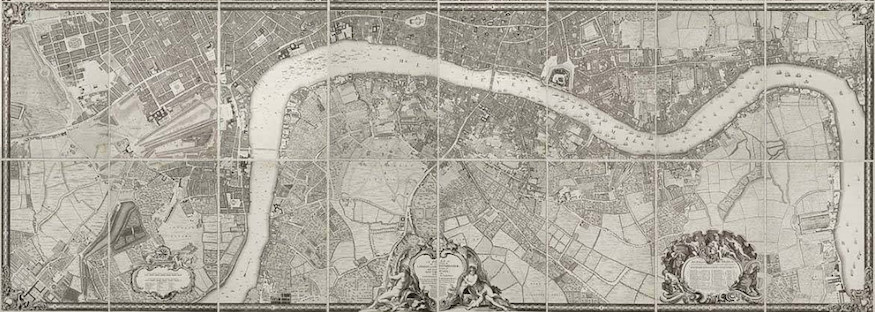
Over the past few weeks I’ve been exploring the use of wardley mapping to map my skills for career development. I think it’s important to think strategically about your career development, whether you’re early in your career looking to land that dream job or later and looking to transition into a role or company that reignites your passions. In my last post I talked about my journey developing my first skills maps and some of the mistakes I made along the way. Next, I wanted to cover how I’ve been using those maps and how I expect them to develop over time.
Evolution
A map is great, primarily to clarify thoughts and shape rich conversations. When mapping my skills it was really useful to have follow-up conversations with a few close friends and colleagues and discuss with them what skills I wanted to focus on and why.
Using a map is about building a narrative, telling that story and then getting feedback and adjusting. One of the core elements of wardley mapping which I didn’t discuss in my last post was the topic of Evolution where we look at how those skills move, change and adapt over time. Those early conversations about my maps would initially start on the skills that I wanted to develop, either because of whatever passion(s) I had at the time or whatever role I was really interesting in stepping towards in the future.
Starting with two skills I wanted to develop, architecture and research, I marked their evolution on the map indicating my intention to develop and thus evolve them (up and to the right on the map). Our skills don’t live in isolation and like any component on a map it is subject to external forces, in this case the market for those skills. We shouldn’t ignore these market forces and need to also include them as evolution on the map. In my case I took a took more deeply at architecture and started to map that separately which allowed me to go a bit deeper into what architecture really means and how it’s connected to many other skills such as operational skills, coding skills and service design. These too also have separate market forces which apply to them, which it turn impacts the demand for architecture skills.
In my map, architecture skills is in “custom built”. Two reasons for this: it’s not been a career focus for me for some time and it’s also the type of skill that varies in style and quality from one practitioner to the next. As I started to map this out a bit more, there was one skills - that of software development and in particular writing code that stood out. Coding, like any other skills is one that atrophies over time and like many senior technical leaders I had focused the more recent years of my career on people skills, letting hands-on-development take a back seat for a while.
Why was this interesting when viewed through the lens of a wardley map? Well, because I could be looking at the skills that I wanted, looking at it’s dependencies and thinking, “ok, well then I need to focus on coding again”, but what about those external factors? In this case we look at the most recent impact of AI on software development. This industry juggernaut, whatever your opinion will drag coding skills from “product” to “commodity” over the years and push it further down stack in terms of visibility. Coding skills will soon be replaced by the ability to write good AI prompts and crucially, to write good software with AI. All this sounds an awful lot like software architecture to me! So that skills that I wanted to “push” along it’s evolutionary axis by means of ambition, will also be “pulled” along it’s axis by new capabilities in the market driving it’s need and it’s inevitable productization. Being able to see both angles and visibly discuss the impact of market trends is the real power of mapping.
Finding you passion and building your moat
The last area of mapping that I found interesting in the context of skills development, is that of gameplay, in particular the idea of “tower and moat”. Gameplay are actions that you can take to influence the market or ecosystem. Think of them as the strategic moves on your career chess board. The basic idea of the Tower, is that you take a capability (in this case a skill) and pull in adjacent capabilities and build on top of those combined things too add more value. The Moat is the high-order/more visibility capabilities that build an ecosystem that if difficult or impossible to leave and/or compete with.
AWS is the typical example of a tower and moat gameplay, whereby their commodity service of EC2 virtual machines is the foundation element upon which all their other services are built and once you’re inside the ecosystem and start to use the other high-value/more-visible services it becomes increasingly difficult to leave.
In a career, the tower and moat, is the added value, you’re unique combination of skills or experience that might be difficult to obtain elsewhere. This is a really powerful thing to think about because it focuses not just on building skills for the sake of building them, but it encourages you to think about what uniquely makes them your skills and expertise. Why would someone employ those skills from you and not from someone else. This might mean you focus on your brand or on articulating your career history. It should also mean you think more strategically in how the skills you add play into the bigger picture, which is the whole point of mapping.
I hope you’ve found this useful as you continue to focus on career development is what is currently a very volatile industry and every changing market. If you have any questions or comments, as always don’t hesitate to reach out.